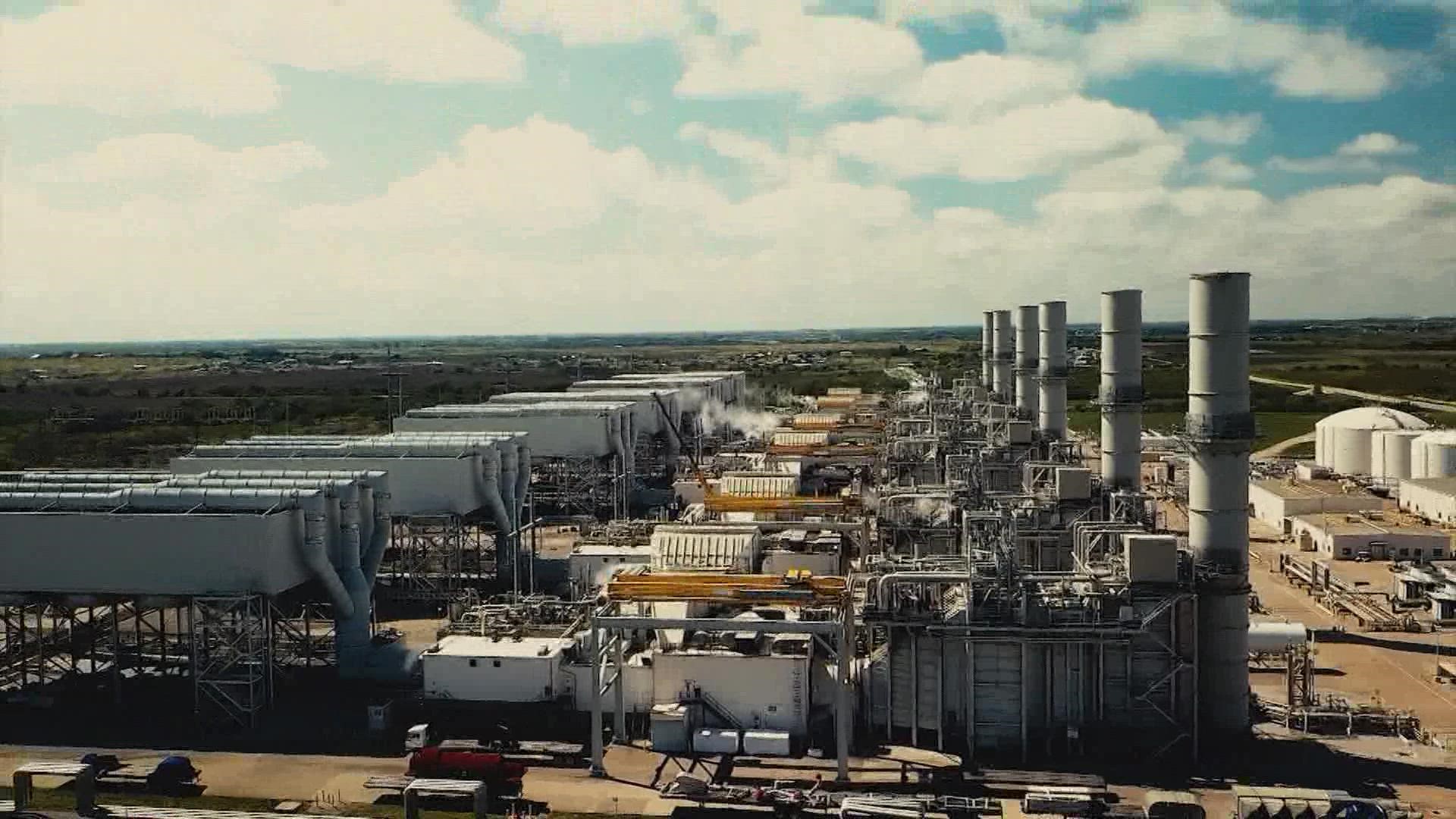HOUSTON — The new head of the Electric Reliability Council of Texas said Tuesday there will be enough power to meet demand as an arctic blast moves through the state later this week.
“We continue to expect adequate supply with reserves for the approaching cold weather conditions,” CEO Pablo Vegas told ERCOT board members at a regularly scheduled meeting in Austin Tuesday morning.
The peak electricity demand on the state’s power grid is expected to reach 68,286 megawatts Friday at 10:00 a.m., according to ERCOT’s latest seven-day load forecast. The expected available capacity is 93,578 MW at that time, leaving enough cushion to power an extra five million homes, according to the data.
ERCOT meteorologist Chris Coleman said the latest weather forecast calls for temperatures a couple of degrees warmer than forecasts earlier this week. Coleman said low temperatures Friday morning will hit 12 degrees in Dallas, 17 in Austin, and 21 in Houston.
Vegas said ERCOT crews continue to monitor and prepare for cold-weather conditions “around the clock.” He said teams have completed more than 200 weatherization inspections of power generating facilities so far, and expects to inspect about half of all power plants throughout the winter.
Energy analyst Doug Lewin, host of the Texas Power Podcast, said he agrees that the grid should hold up during the upcoming freeze.
“I actually don’t think there will be outages under these conditions,” Lewin said.
He said a key difference from the winter blast two years ago is there won’t be snow or ice this time around.
“While the cold wreaks havoc on machines, snow and ice wreaks a lot more havoc on machines,” Lewin said.
Also working in the grid’s favor are wind and solar power projections. The peak demand on Friday morning is expected to hit with sunny and windy conditions.
But Lewin said one wild care is how will the state’s natural gas system hold up. Unlike with weatherization requirements for power generation plants, there is less transparency on the natural gas side. The Texas Railroad Commission, which regulates the state’s natural gas system, has only required winterization for facilities connecting to the electricity supply chain. But Lewin said what infrastructure in included supply chain map has remained hidden from the public.
“We really don’t have much insight into how much better, if at all, the natural gas system is versus two years ago,” Lewin said.
Last month, ERCOT released its Seasonal Assessment of Resource Adequacy, or SARA report, for the winter season. While it anticipates sufficient power capacity to meet demand, the report lists one “extreme risk scenario” where the grid would fall short by 9,234 MW. That would involve a combination of high demand, extreme unplanned power plant outages and extreme low wind power output.
Vegas called the potential shortfall a “low-probability scenario” at the Tuesday ERCOT board meeting.

